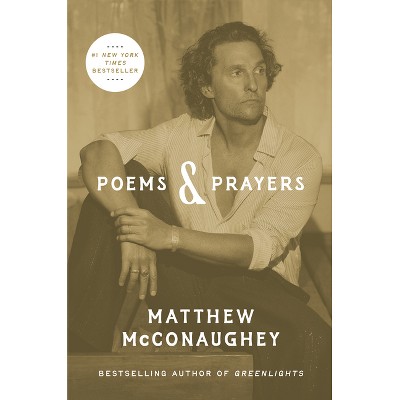Sponsored

Genesis Bible Study - (NIV Application Commentary Resources) by Kevin G Harney & John H Walton (Paperback)
Pre-order
Sponsored
About this item
Highlights
- In Genesis, the starting point is revelation.
- Author(s): Kevin G Harney & John H Walton
- 176 Pages
- Religion, New International Version
- Series Name: NIV Application Commentary Resources
Description
About the Book
The Genesis Bible Study in the NIVAC Bible Study Series will reveal what the biblical writer's original intent was in writing his book to the people of his day, what his message meant to those followers of God, and what application it has for our lives today.Book Synopsis
In Genesis, the starting point is revelation. Especially after the Tower of Babel, it becomes evident people had forgotten who God was. The moves God made were essentially concerned with putting himself in front of the world's peoples. He covenanted with Abram and his family for them to represent him by the way they lived according to the law they embraced. This covenant is about revelation (what God wants for us), not salvation (what we get from God). Of course, in the end, revelation leads to redemption and salvation, but the order is important. Get the order wrong and religion falls prey to all kinds of temptations--self-centeredness, individualism, and false gods. Forgetfulness of God is still a problem. Today it takes a different form; instead of asking who God is, we are more likely to ask whether God is. But we are still fixed in a sometimes unhealthy way on salvation--what we can get--instead of first opening ourselves to revelation. A proper reading of Genesis reminds us of who God is and what God did. Only when we get those two things straight can we faithfully embrace what God does for us.
Each Bible study in the NIV Application Commentary series is designed to help readers with the difficult but vital task of bringing an ancient message into a modern context. This is accomplished through a three-step process: (1) an original meaning section, which reveals the questions and concerns the author was addressing; (2) a past to present section, which explains what significance the original audience would have found in the passage and what significance readers can find in it today; and (3) application and reflection questions, which help readers apply the author's words and teachings to their own lives and find meaning in those words for what they are currently facing.
Shipping details
Return details
Trending Non-Fiction






Discover more options





